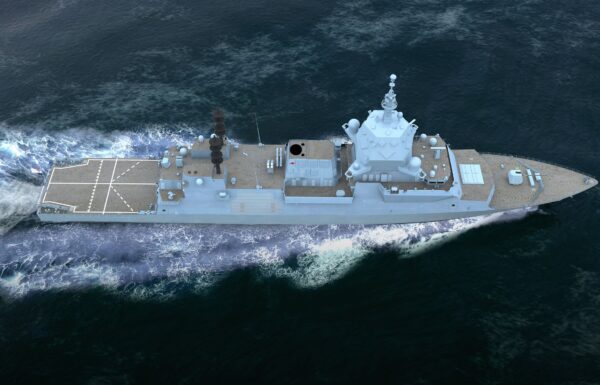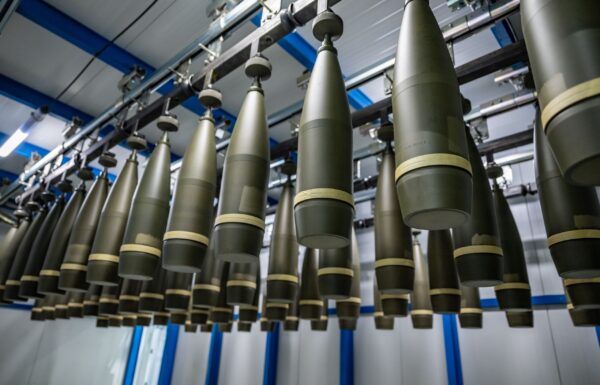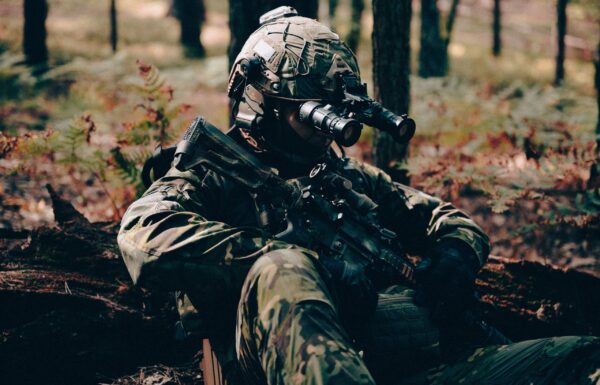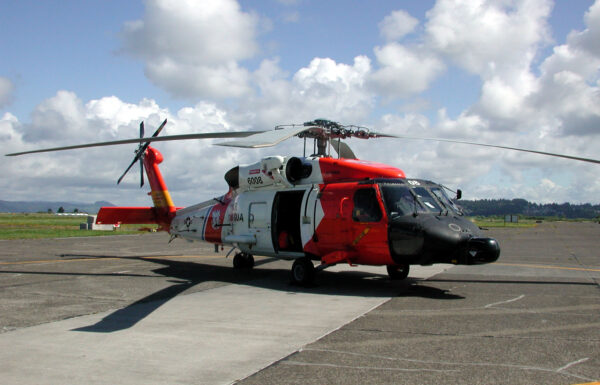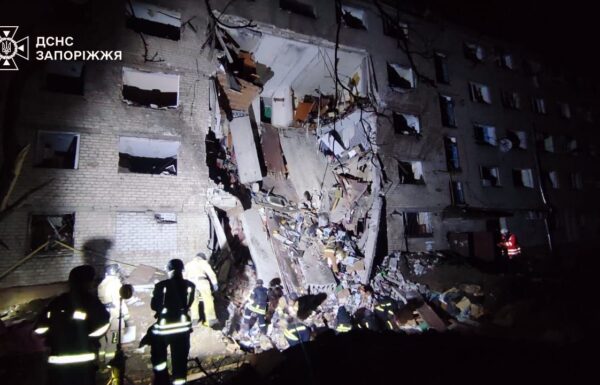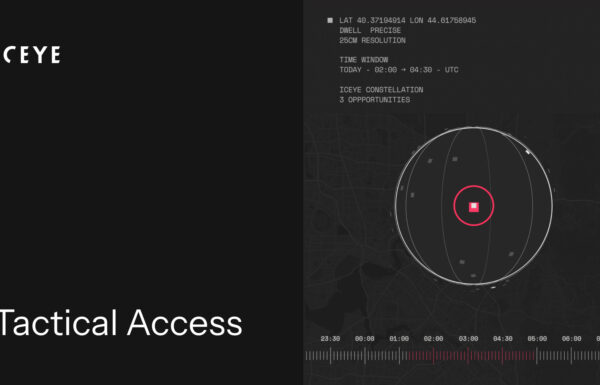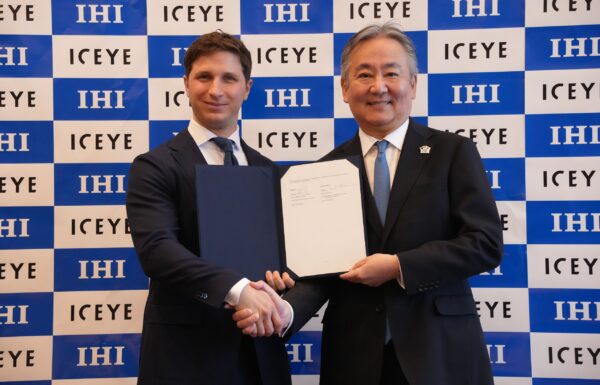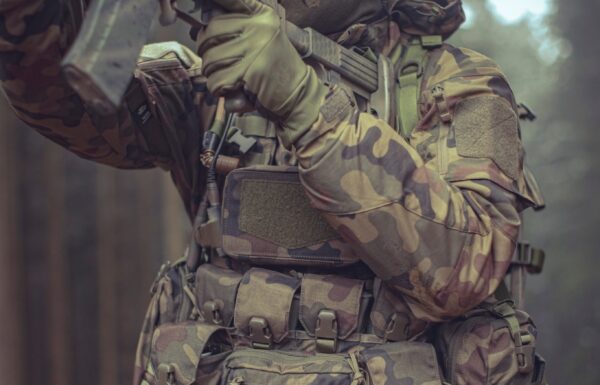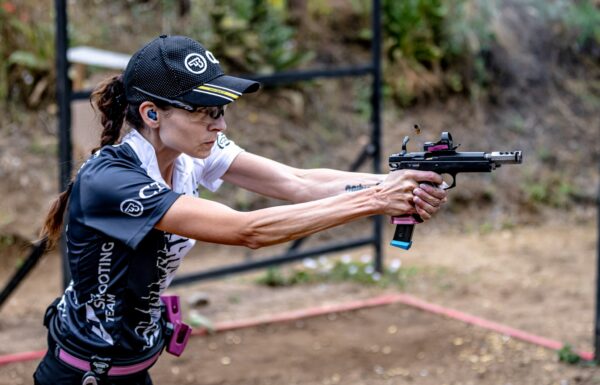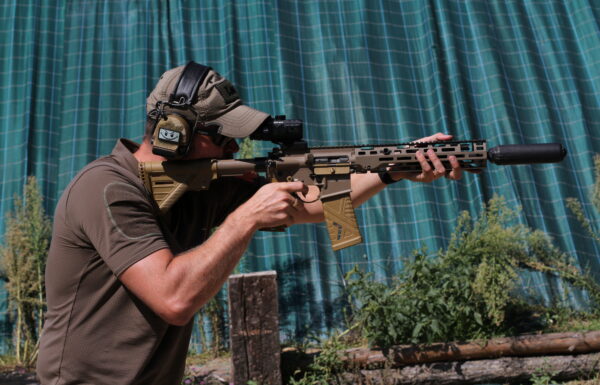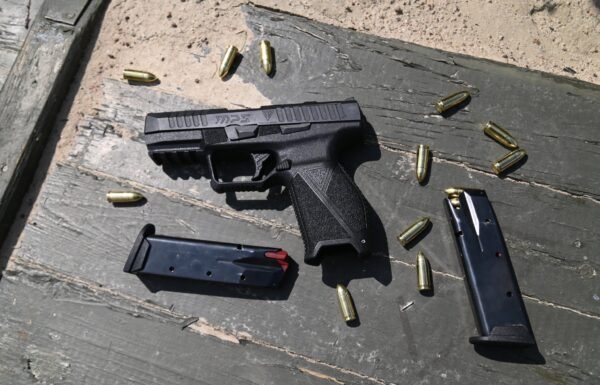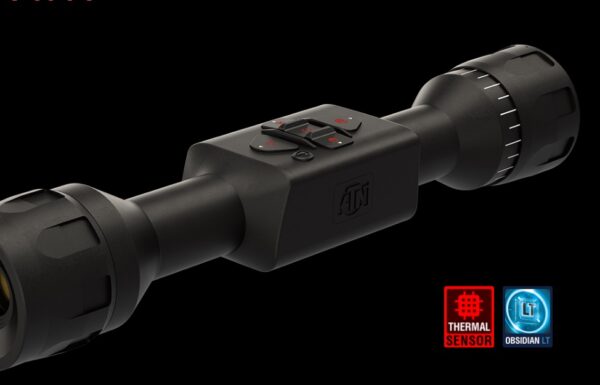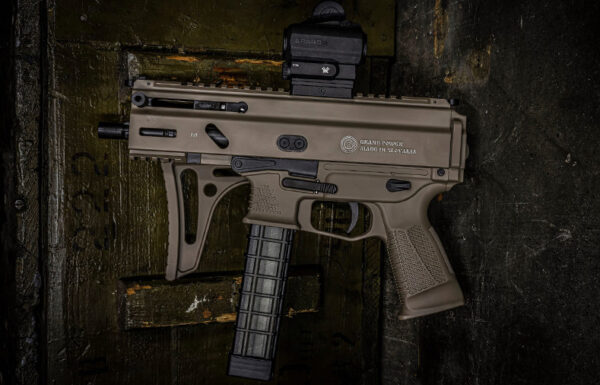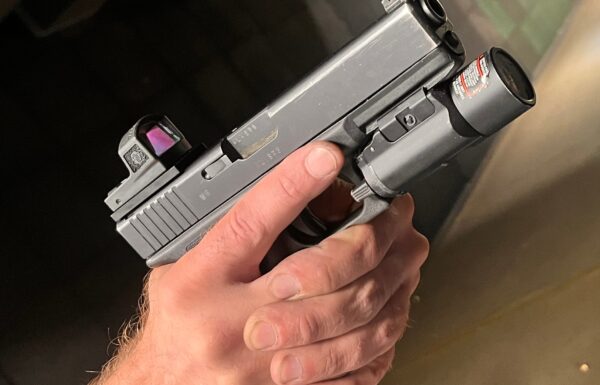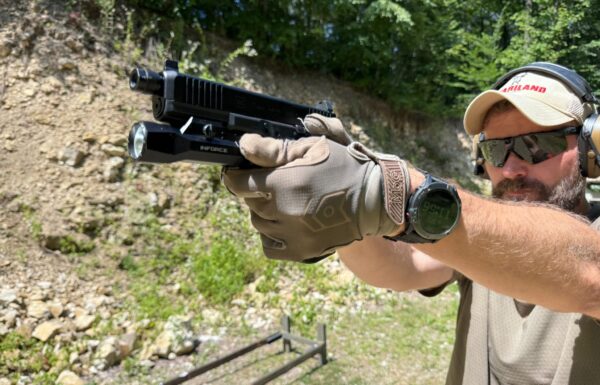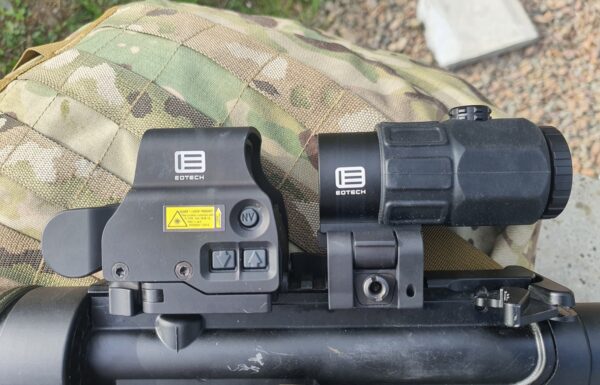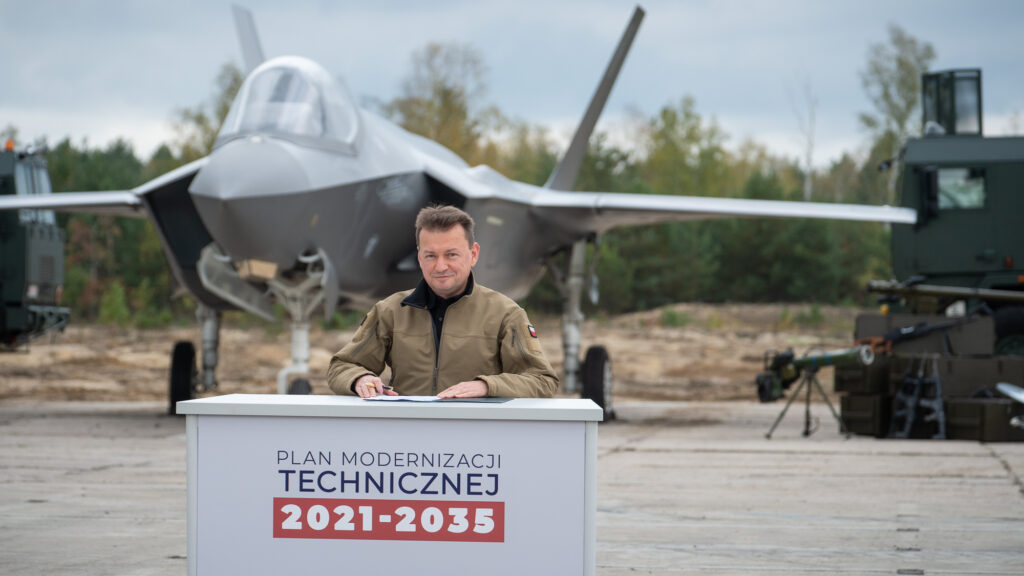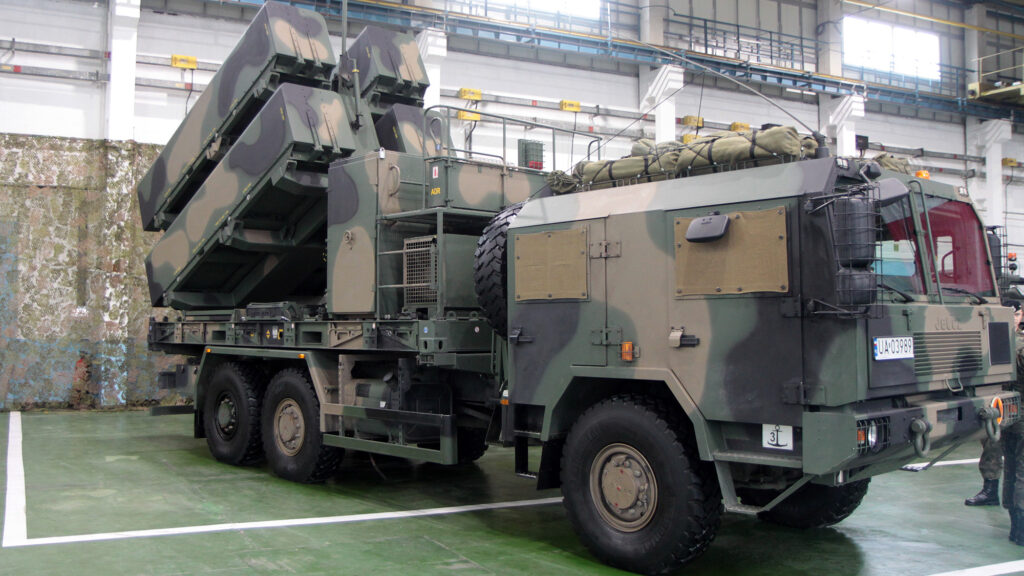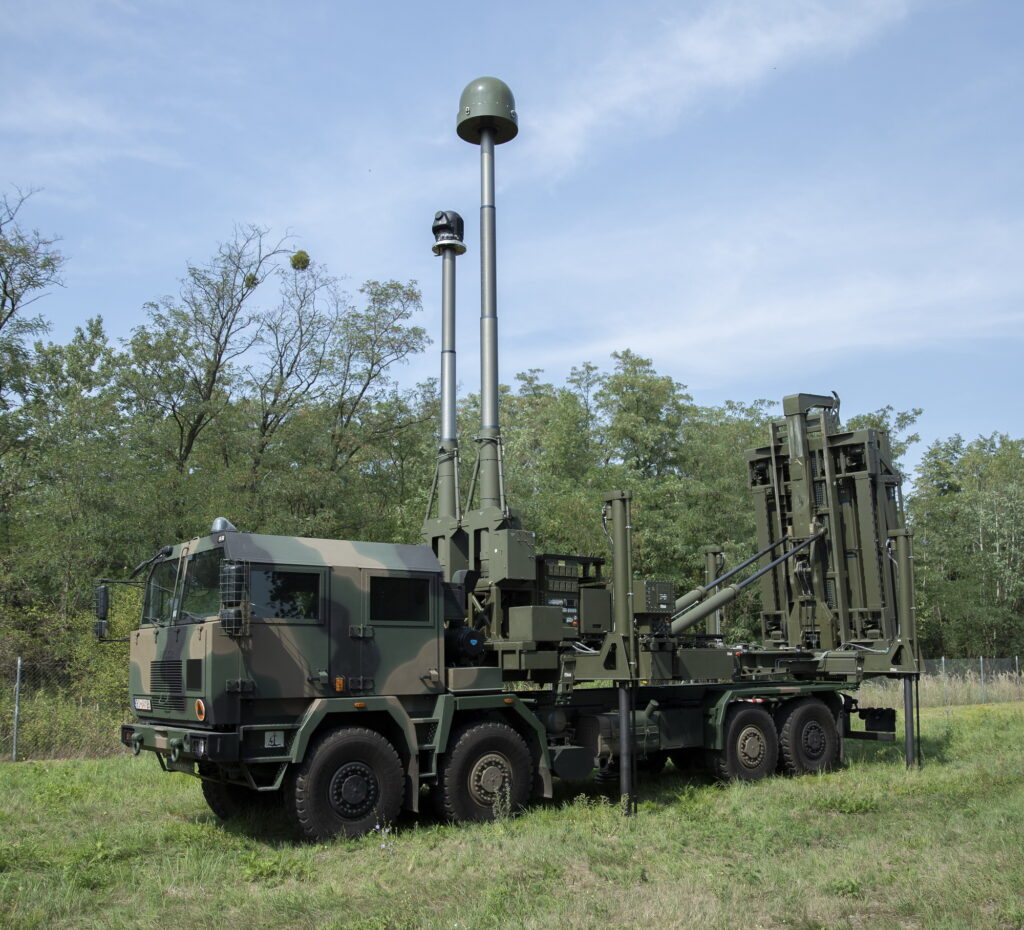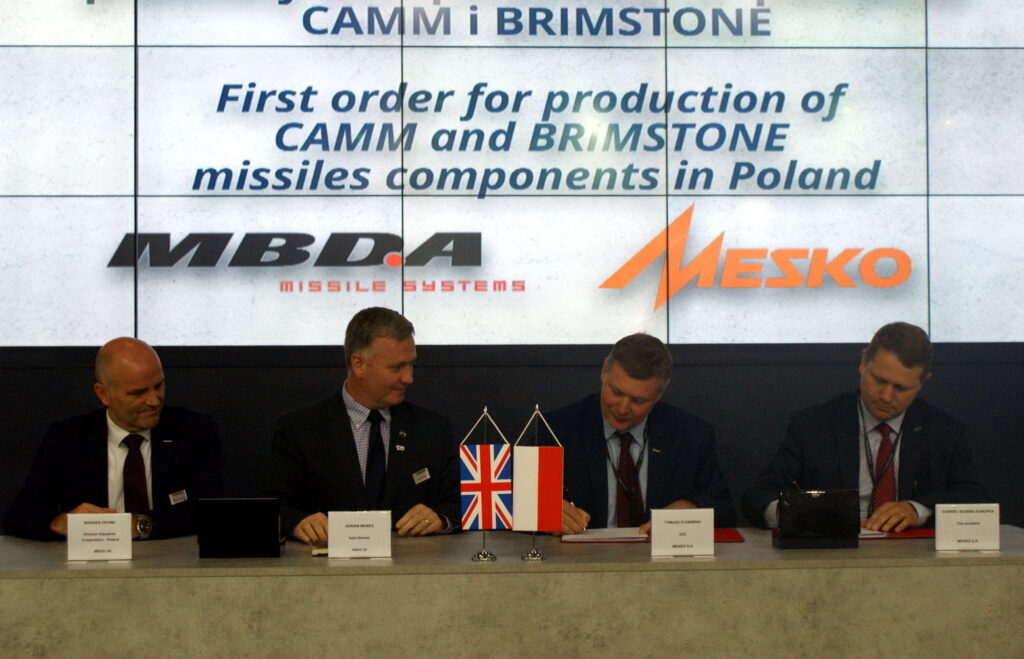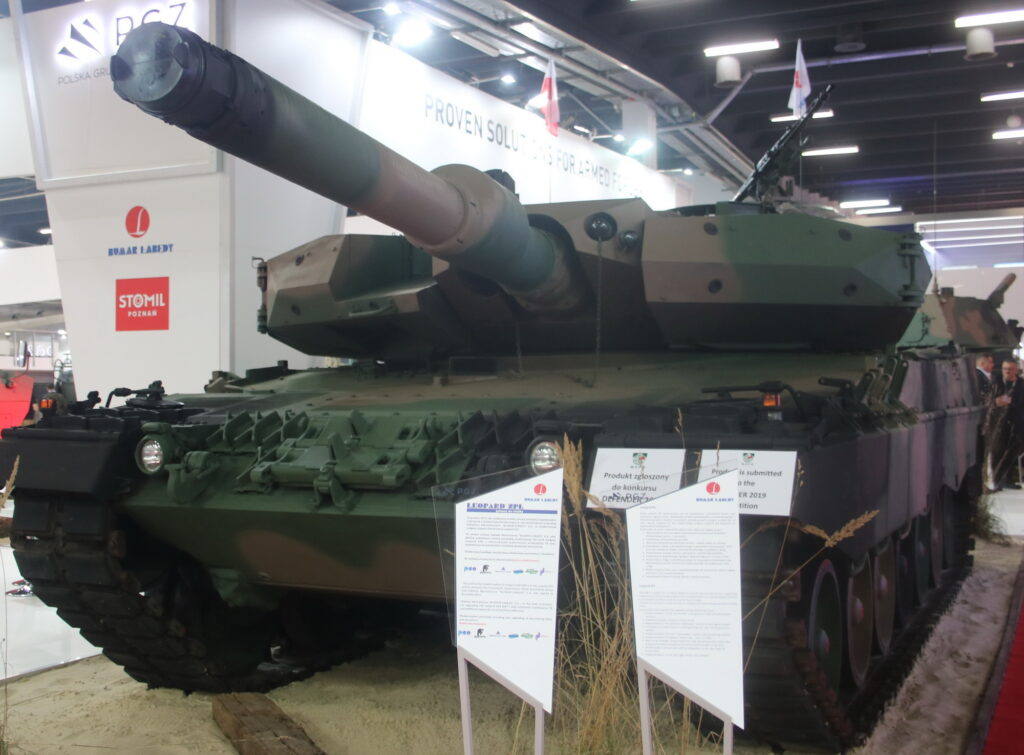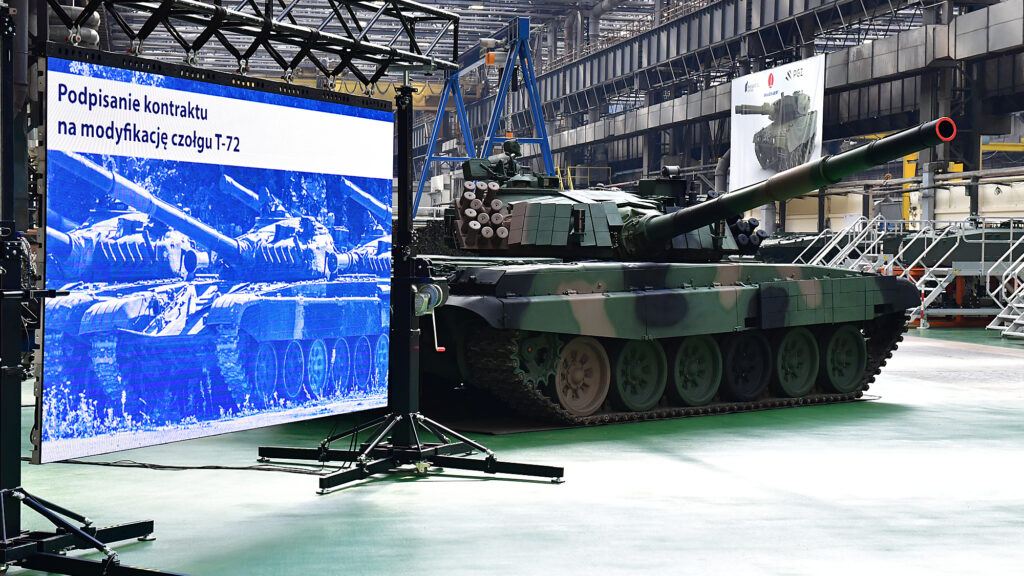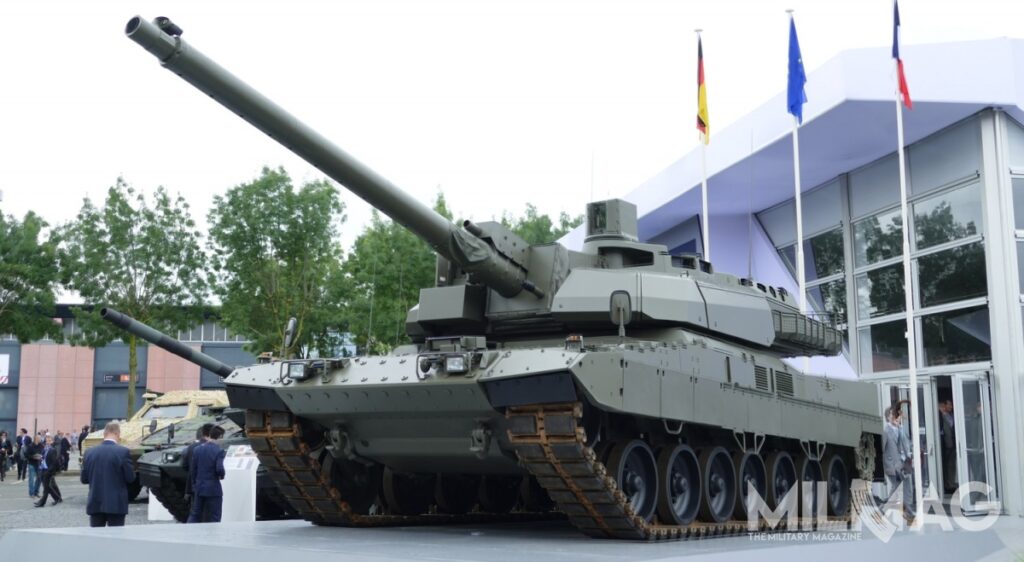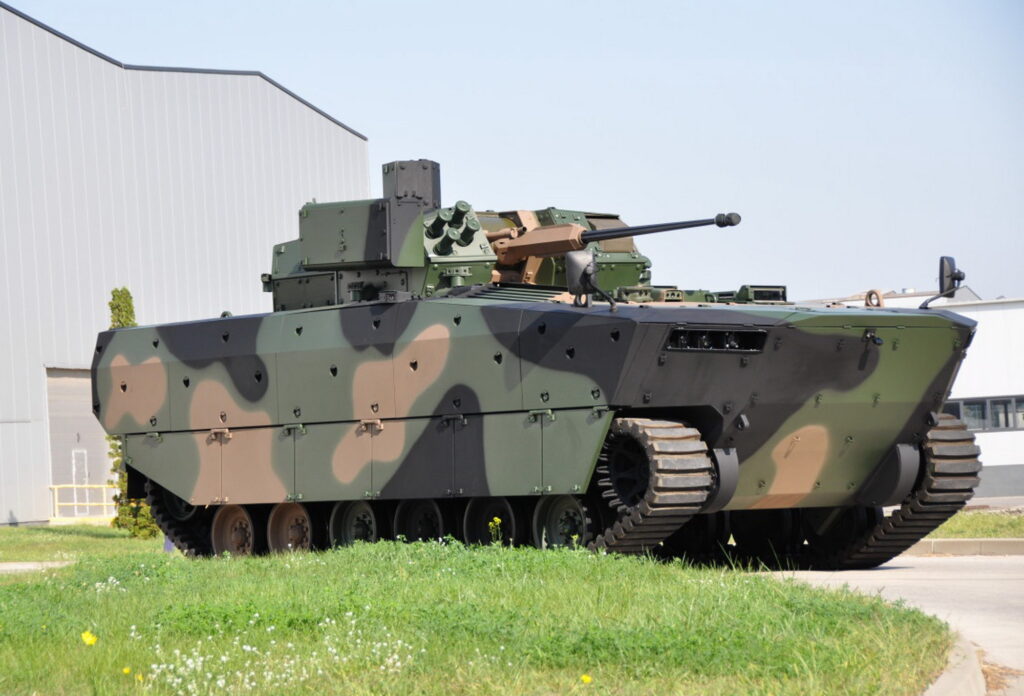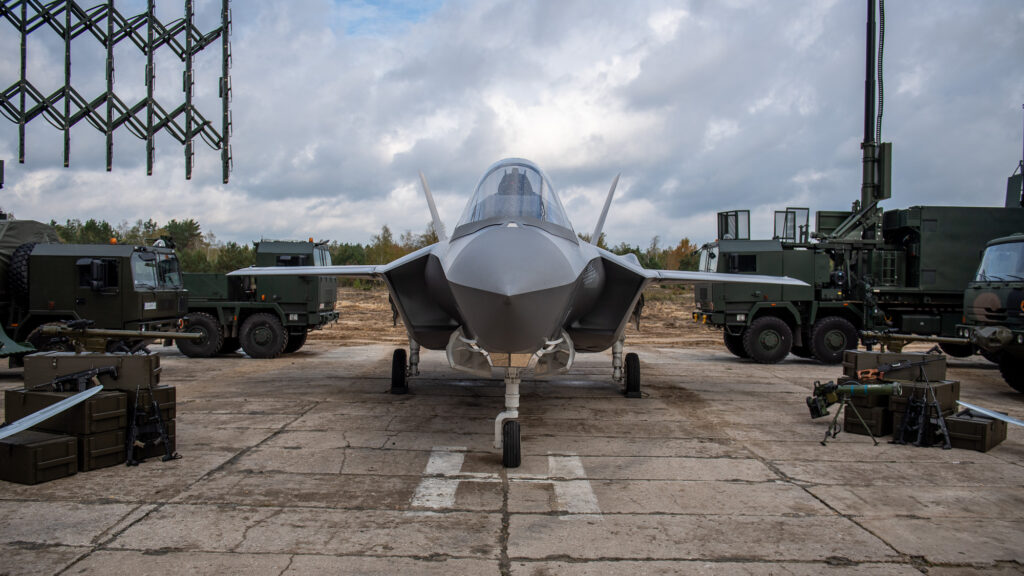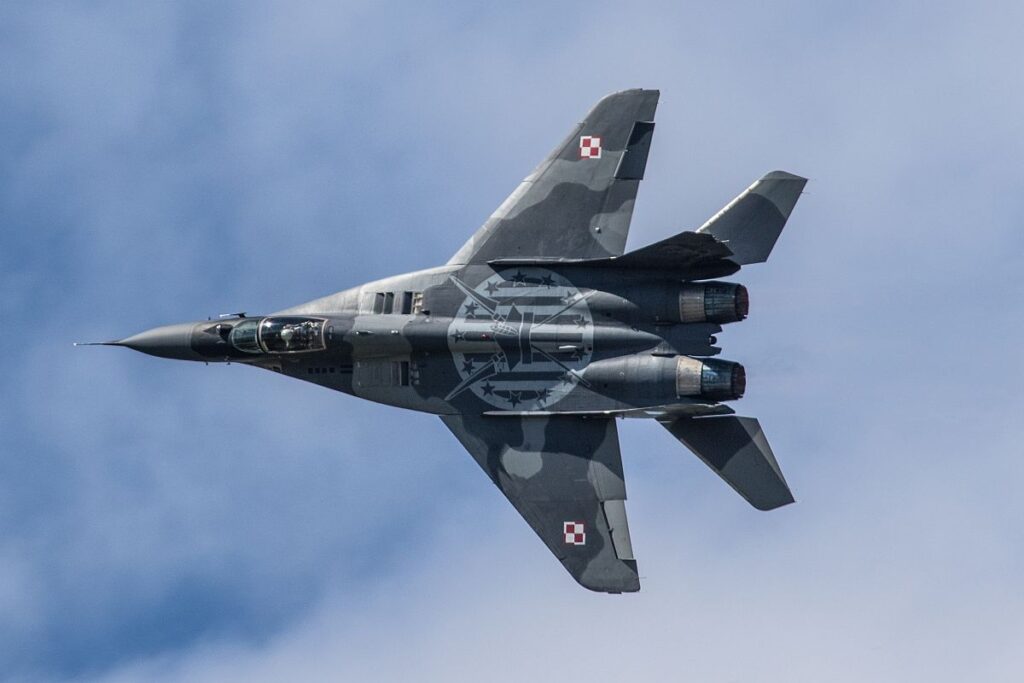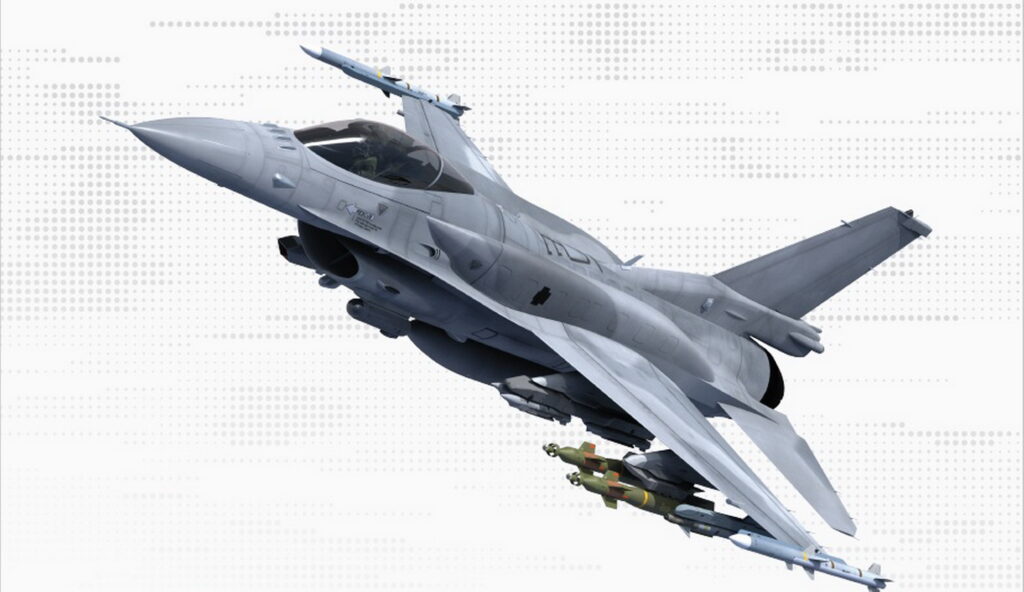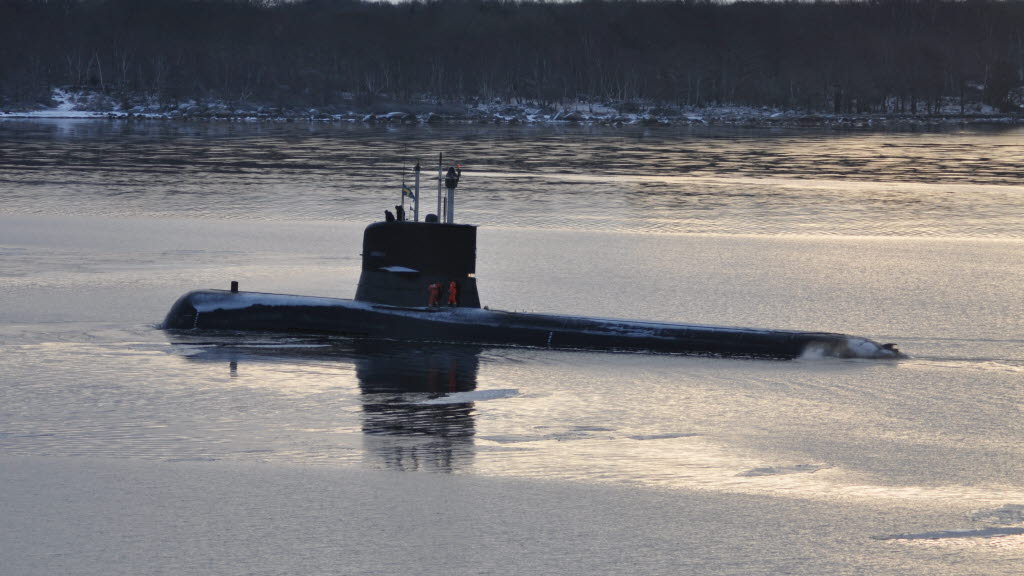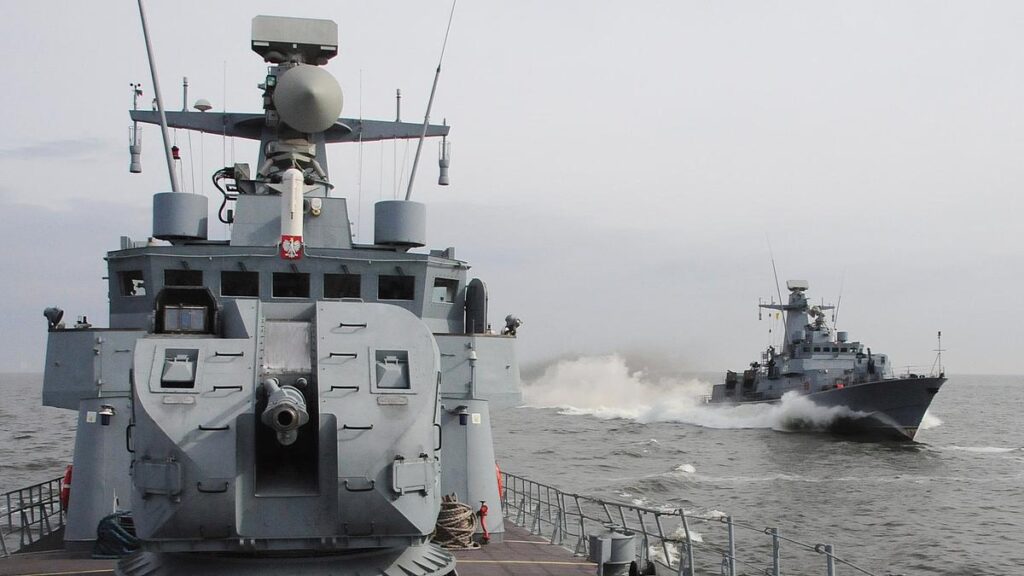The new Technical Modernization Plan (TMP), which was prepared under the supervision of the Minister of Defense, Mariusz Blaszczak and presented by him in October, covers a period of 2021-2035. In the course of the next 15 years Poland will spend 524 billion Polish Zloty (€123 billion) on procurement of new military equipment or upgrade of the currently operated one.
The TMP outlines a series of high priority procurement programmes, which will affect all branches of the country’s armed forces and significantly enhance its operational capabilities. Due to its multiannual character, the new TMP will simplify procurement procedures and enhance effectiveness of acquisition efforts / Picture: Polish MoD
AMD assets top on the priority list
Poland confirmed its will to modernize country’s medium and short range air-and-missile defense (AMD) systems under the ‘Wisla’ and ‘Narew’ programmes. The former calls for procurement of eight batteries of the Patriot-based AMD system.
Under the 1st phase of the ‘Wisla’ programme, which was initiated on 28th March 2018 by signing of the first Letter of Acceptance (LoA), Poland will procure two Patriot-based batteries in the initial, 3+ configuration. The contract envisions also the acquisition of the Northrop Grumman-developed IAMD Battle Command System (IBCS) and 208 PAC-3 MSE missiles from Lockheed Martin. The 2nd phase of the programme, which is under negotiations and still awaits finalization, calls for the acquisition of another batch of 6 Patriot batteries.
At the later date the ‘Wisla’ programme will also see procurement of a new 360˚ AESA-GaN radar in a similar configuration as the U.S. Army’s new radar system, and a low-cost interceptor, to complement the PAC-3 MSE missile / Picture: Polish MOD
According to the Polish MoD, the second programme, ‘Narew’, is expected to provide the country with an enhanced short range air defense capability by the procurement of close to 20 batteries of the AMD system. It will eventually complement the ‘Wisla’ and ‘Pilica’ (VSHORAD) systems.
It is planned that ‘Narew’ AMD system will provide protection to various assets, such as troops on the move, command centers or critical infrastructure, utilizing the same IBCS system as the medium range ‘Wisla’.
Although a number of manufacturers have initially shown interest in the ‘Narew’ programme, currently only two companies, Raytheon/Kongsberg and MBDA-UK, are being identified as the most obvious front-runners.
The Raytheon/Kongsberg consortium offers Poland its modernized, tested and combat proven National Advanced Surface-to-Air Missile System (NASAMS), which utilises a number of off-the-shelf and tested technology solutions, such as the AIM-120 AMRAAM missiles.
On the other hand, MBDA-UK promotes its well-known CAMM family of SAMs, which according to the manufacturer could be integrated with the IBCS command systems, as well as a number of locally designed and manufactured observation systems / Picture: MBDA
Although due to a number of reasons ‘Wisla’ won’t see much involvement of the local defense industry in the finalization of the whole programme, ‘Narew’ has a chance to be a totally different case, as the MoD envisions basing the whole SHORAD solution mostly on locally designed – or at least manufactured – components.
Both front-runners seem to be aware of the requirement and declare their will to involve local partners in the whole programme, allowing for many of Polish defense companies to integrate their products with Western-designed technology solutions and opening a change for them to enhance cooperation with foreign partners and therefore promote their sales offer on the export markets, something which they would not be capable of doing while acting independently.
MBDA-UK’s representative in Poland, Jan Grabowski, confirmed in an interview for MILMAG that his company is in discussions with several Polish defense companies, most of them belonging to the Polish Armaments Group (PGZ, Polska Grupa Zbrojeniowa). The manufacturer is willing to set up industrial cooperation, reaching far beyond the ‘Narew’ programme, with such companies as CTM, HSW, Jelcz, Mesko, Pit-Radwar and WZE in Zielonka / Picture: MBDA
Land domain will be the pillar of Poland’s security
In its newest TMP, Poland set up a number of necessary investments in the land domain of the country’s Armed Forces. These will include modernization of a series of currently operated land platforms as well as procurement a new ones.
One of the top priority investments in Poland’s land domain calls for the modernization of 142 Leopard 2A4 main battle tanks (MBT) to the 2PL standard. This task is finalized by a consortium of PGZ and ZM Bumar Labedy, which partnered with the German Rheinmetall. The full fleet of Leopard 2PL MBTs is expected to be delivered to the Polish Army in the beginning of the 2020s.
However, lately the programme has run into a number of difficulties, most of which relate to not satisfying quality of a few prototype Leopard tanks, which were delivered to PGZ/ZM Bumar Labedy by Rheinmetall late last year. During their inspection and initial tests a number of technical issues were discovered, resulting in prolonged repair and modernization works.
Therefore, the whole programme is much delayed and it seems that the manufacturer won’t be able to meet the original delivery schedule. What is worse, currently several dozen of the Leopard 2A4 MBTs remains disassembled at the ZM Bumar Ladeby factory, awaiting for modernization, in result of which the number of operational MBTs in Polish Army’s frontline units was drastically scaled down / Picture: Michal Jarocki
Aside from the prolonged modernization of Leopard 2PL MBTs, the Polish MoD also decided to modify the fleet of Soviet-era, obsolete T-72M1 tanks. The contract, which was signed in July 2019 with a consortium composed by the Polish Armaments Group, ZM Bumar-Labedy and Wojskowe Zaklady Motoryzacyjne (WZM), has a value of 1.75 billion Polish Zloty.
The scope of upgrade works includes the installation of more efficient observation sets for the commander, driver and gunner, which will enhance situational awareness of the crew, especially in low visibility conditions, as well as new digital internal/external communication systems, such as radios and a digital vehicular C2 system (FONET) from WB Group.
According to the manufacturer, ZM Bumar-Labedy, the first batch of modified T-72M1 MBTs, consisting of eight tanks, should be delivered to the Polish Army by the end of December. Further deliveries should run through to 2025 / Picture: Polish MoD
Modernization of Leopard 2PL and the upgrade of T-72M1 MBTs is interpreted as an interim solution, before the long-awaited ‘Wilk’ programme is finally launched. It calls for procurement of several hundred next generation main battle tanks, which could be built either independently by the local defense industry – which is considered as a less likely option – or in cooperation with foreign partners, like France and Germany.
Next generation MBTs are expected to replace obsolete T-72M1 and PT-91 tanks and initially supplement the fleet of several hundred Leopard 2PL and 2A5 MBTs, with the plan to eventually replace them as well.
It is expected that if Poland decides to work on the next generation MTB platform independently, it could follow the example of such countries as Turkey or Republic of Korea, which several decades ago launched their own research-and-development programmes, intending to design and manufacture their own MBT platforms.
However, this solution seems to be much more demanding in terms of money and time needed to be spent on designing a new platform. Therefore, it is more possible that the country will eventually join one of the multinational development programmes, which have been launched lately. The latter option will, nonetheless, mean that Poland and its defense industry could, at most, play the role of subcontractors and suppliers, rather than becoming major industrial partners in such an endeavour / Picture: Remigiusz Wilk
Under the ‘Borsuk’ programme Poland intends to acquire a number of next generation, swimming, tracked infantry fighting vehicles (IFV). The project is run by the Polish MoD in partnership with Huta Stalowa Wola (HSW), a member of the PGZ consortium. During this year’s International Defence Industry Exhibition (MSPO) in Kielce the manufacturer exhibited, for the first time, a prototype of its Nowy Bojowy Pływający Wóz Piechoty (NBPWP) IFV, which is still under development.
The prototype of the new Polish IFV went through a series of static and dynamic tests over the past several months, which were to confirm platform’s handling and operational capabilities. In result, a number of design modifications were implemented, thanks to which the platform will meet the requirements of the Polish Army.
The NBPWP will be fitted with a 30mm turreted, remote-controlled weapon system (Zdalnie Sterowany System Wieżowy, ZSSW-30), which is able to engage enemy’s light and heavy armoured targets in different climate conditions.
The next generation IFV is expected to have a swimming capability. It will be able to cross wide water obstacles and operate in diversified terrain. The platform should present a high level of manoeuvrability. It will be also adjusted to transport by air or land.
The ‘Borsuk’ programme calls for the procurement of up to several thousand next generation IFVs. They will replace currently used BWP-1s, which due to their obsolescence no longer meet the requirements of the modern battlefield / Picture: Huta Stalowa Wola
New multirole fighter jets
One of the major modernization programmes in the new Polish TMP, ‘Harpia’, calls for procurement of 32 F-35A Lightning II 5th generation multirole fighter aircraft, which will significantly enhance operational capabilities of the country’s Air Force to protect Poland’s airspace from 3rd party threats.
The ‘Harpia’ programme, which was launched late 2018, has since then noticeably moved forward, as the Polish MoD already entered negotiations with the U.S. Government over the planned procurement. Discussions started shortly after the U.S. Congress approved the acquisition / Picture: Polish MoD
Acquisition of a fleet of F-35 multirole fighter aircraft will allow Poland to commence the long-awaited phase out of currently operated, Soviet-era Su-22 bombers/fighters and MiG-29 fighters, which no longer meet the requirements of the modern battlefield and do not provide the country with sufficient self-defense capabilities / Picture: Michal Adamowski
Although some representatives of the Polish MoD, like Wojciech Skurkiewicz, the Secretary of State, suggest, that Poland might decide to procure another batch of 16 F-35s at the later date, it seems more likely, that the country will eventually quit this plan.
Instead, it is expected that Poland will acquire at least one more squadron of F-16 multirole fighter jets in its latest Block 70/72 configuration. They would complement 48 F-16C/D Block 52+ aircraft, that are currently operated by the Polish Air Force. Eventually, the latter might also undergo upgrade to the Block 70/72 variant / Image: Lockheed Martin
Naval domain regains its position
The Polish MoD outlined a number of planned investments in the naval domain, which focus on upholding Polish Navy’s capabilities to conduct surface and sub-surface warfare operations. The main modernization programme calls for the procurement of a series of next generation submarines under the ‘Orka’ project, which will restore the Polish Navy’s submarine fleet, running aground in recent years after decommissioning of nearly half of its submarines.
The next generation submarines are expected to have a cruise missile launch capability. They will also be fitted with the AIP system, allowing for them to stay submerged and away from home base for a longer period of time. It seems most likely that the Orka-class vessels will be built locally in partnership with one of European manufacturers, such as the French Naval Group, German tkMS or Swedish Saab / Image: Saab
Before the Polish Navy commissions its long-awaited next generation conventional submarines, which might take well over a decade, the service plans to introduce an interim solution in form of procuring (or leasing) of a number of 2nd hand submarines from one of the allied countries.
In late November, during a commissioning ceremony of the ORP Slazak offshore patrol vessel, which took place at the Naval Base in Gdynia, the Minister of Defense, Mariusz Blaszczak, announced that Poland will most likely procure or lease two submarines from Sweden, most probably speaking about HSwMS Södermanland and HMwMS Östergötland of the A17/Södermanland class.
‘We have concluded the analysis process, in result of which we came to the conclusion that we need to provide an interim solution in regards to submarines. The analysis showed that cooperation with our Swedish partner is the most favourable solution. We’ve already started negotiations,’ said Mariusz Blaszczak / Picture: Swedish MoD
Aside from restoring Polish Navy’s submarine fleet, the MoD also intends to procure a series of surface vessels, such as two coastal defense vessels under the ‘Miecznik’ programme or six locally built light rocket vessels under the ‘Murena’ project.
The MoD intends to finalize both programmes in as high level of cooperation with the local defense and shipbuilding industry as possible. It is very likely that the department will prefer to contract delivery of both classes of vessels to Polish companies. However, they are expected to partner with a number of foreign manufacturers, which could provide the necessary knowledge, experience and technical solutions to the project / Picture: Polish MoD


